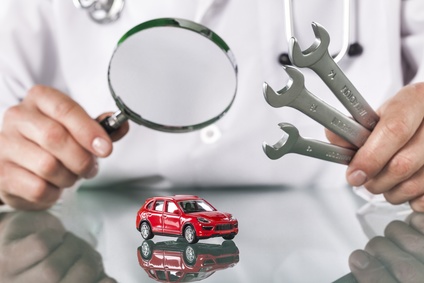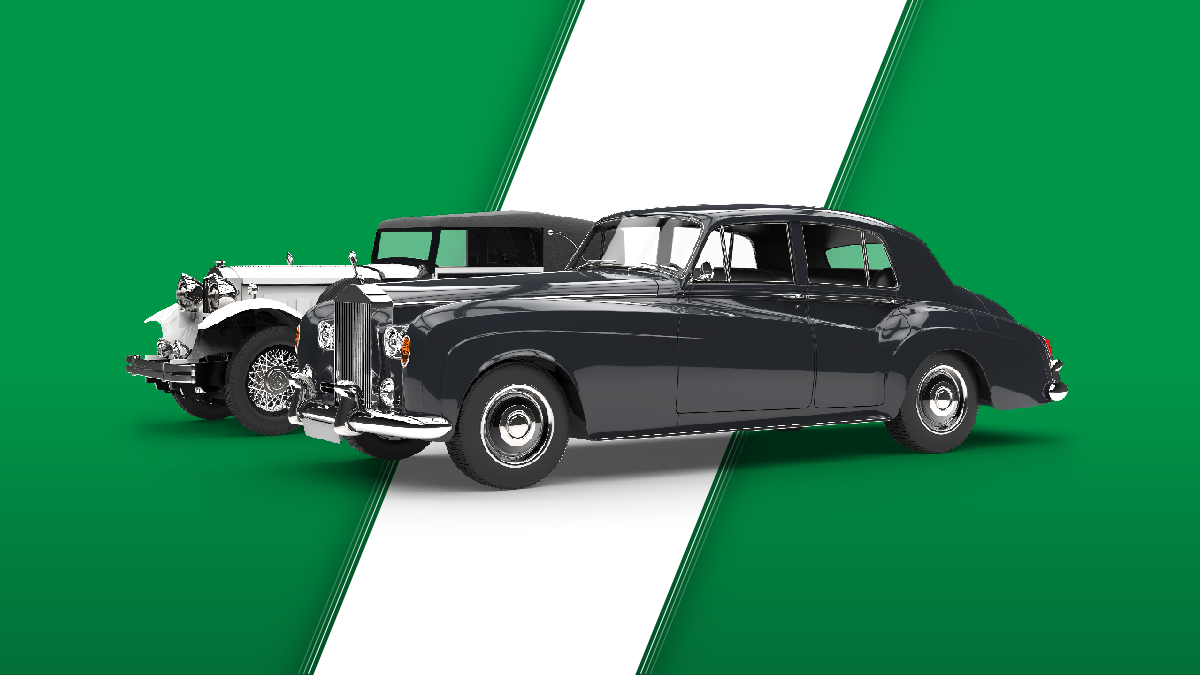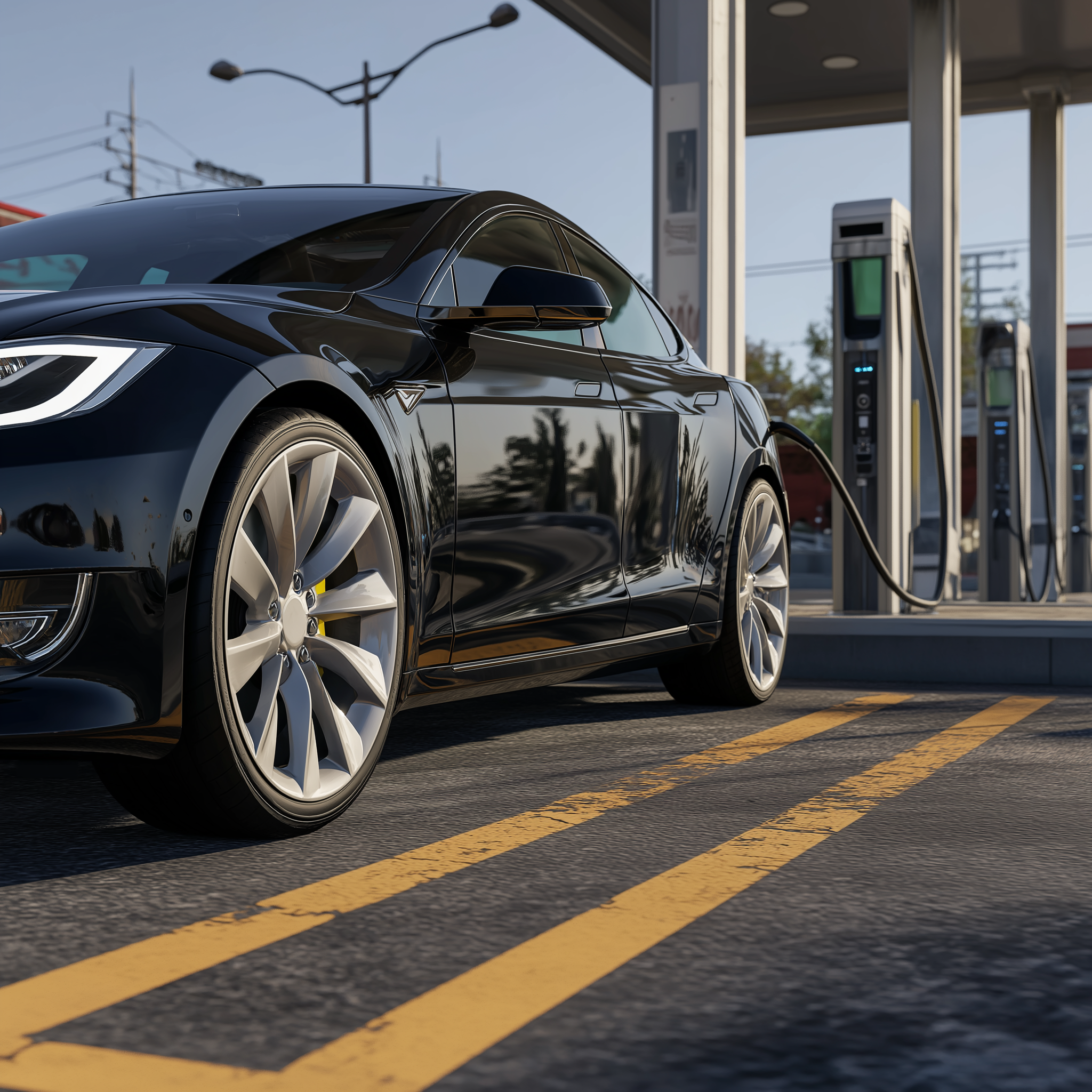While there are plenty of reasons and instances of vehicle impoundment, getting a car back from an impound lot can be a tough process. In a nutshell, the car owner needs to gather necessary paperwork and pay hefty fees.
Even though some details may vary between state jurisdictions, there are common steps to take no matter where and why your car was impounded:
1. Find out where your vehicle is located
When your car is impounded, the first thing to do is to find out where your car was towed. Typically, it depends on the situation. There are many reasons your car could be towed such as illegal parking, expired tags, driving without insurance, or it was impeding traffic. If you were arrested and your car was impounded on the spot, the police will likely inform you of its location. However, if your car was taken away when you weren’t present, you may need to do some digging.
You can use some tools that assist in locating towed vehicles, like contacting the closest impound lot or your local city office. It varies by area, but in many states you can reach out to a local parking authority and provide your license plate or VIN number to find out where your car has been towed. Try to be patient. Don’t panic if you can’t find your car that was recently towed, the lot may just haven’t processed it yet. Besides, you can check your car with ClearVin by running a free license plate lookup in order to identify whether the vehicle has ever been impounded. Also, you are free to use a vehicle lookup by VIN to get a detailed report on a vehicle’s history before making a purchase.
2. Contact the impound lot
Before you rush out to pick up your car once you locate it, it’s a good idea to call the impound lot ahead of time to verify that your vehicle is really there, and determine what you need to get it returned to you. Besides, you’ll likely be required to pay towing fees and daily storage fees. Meanwhile, not all payment methods are always available. So, if you don’t want to wait in a long line only to be told you don’t have enough money, the right paperwork, or they don’t accept credit cards, check all this information in advance.
3. Gather your paperwork
The required paperwork varies based on the reason a car is impounded. Most likely, you’ll need to provide your valid driver’s license and proof of insurance. Proof of insurance is a document that shows you have an active car policy. It contains a name of the insured, address, vehicle information, and insurance policy details. Sometimes, the required paperwork may also include proof of ownership, such as vehicle registration and title.
4. Pick up your car ASAP
As soon as you know your car’s location and you’ve gathered the required paperwork and payment, go pick up your car as soon as possible. As a rule, impound lots charge daily significant fees for storing your vehicle. The longer you wait, the more you’ll have to pay. There may be a line at the impound lot, so get ready to wait. Make sure you’re prepared to provide payment and all the necessary paperwork. And always remember to drive safely and park legally!









